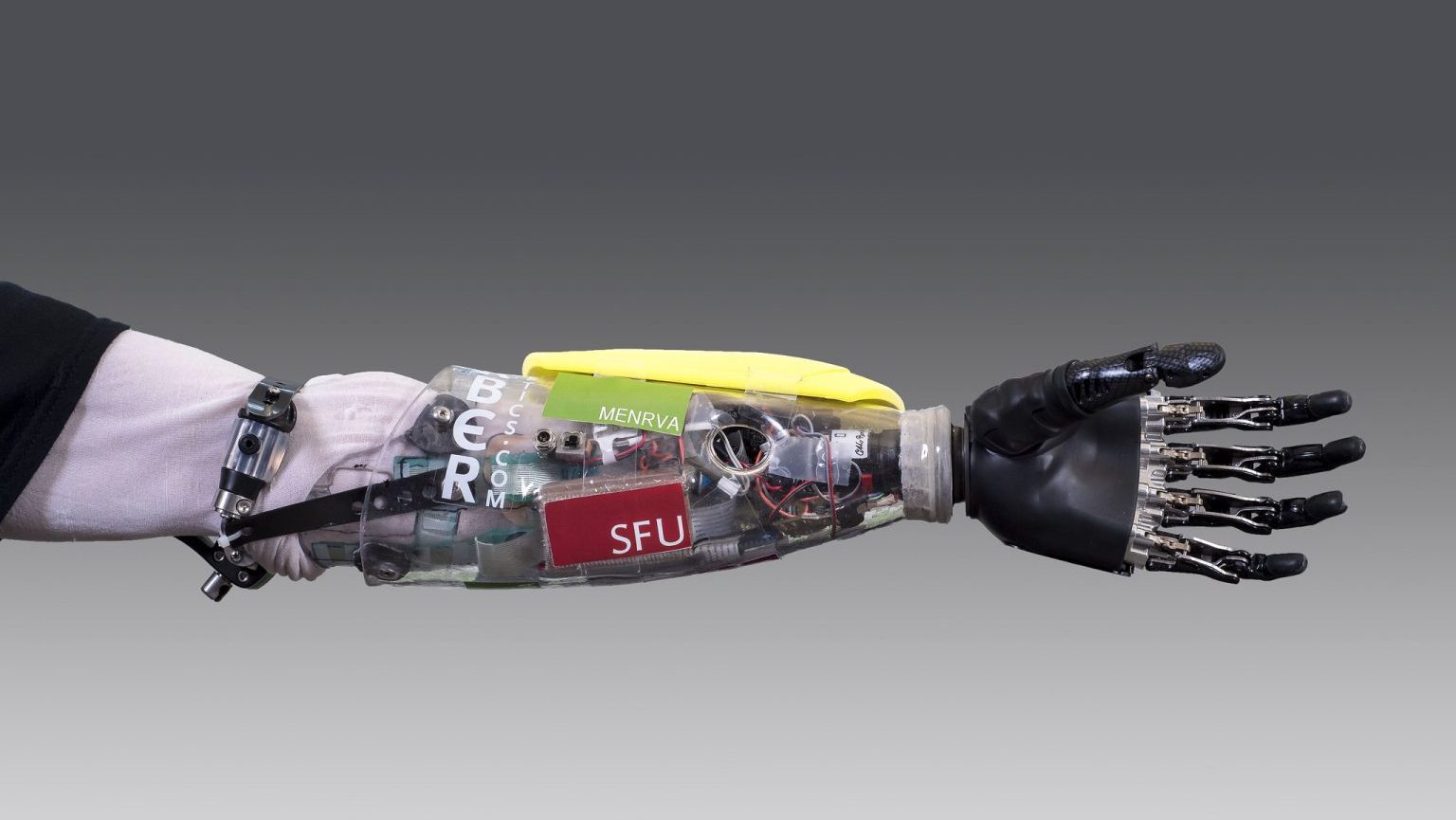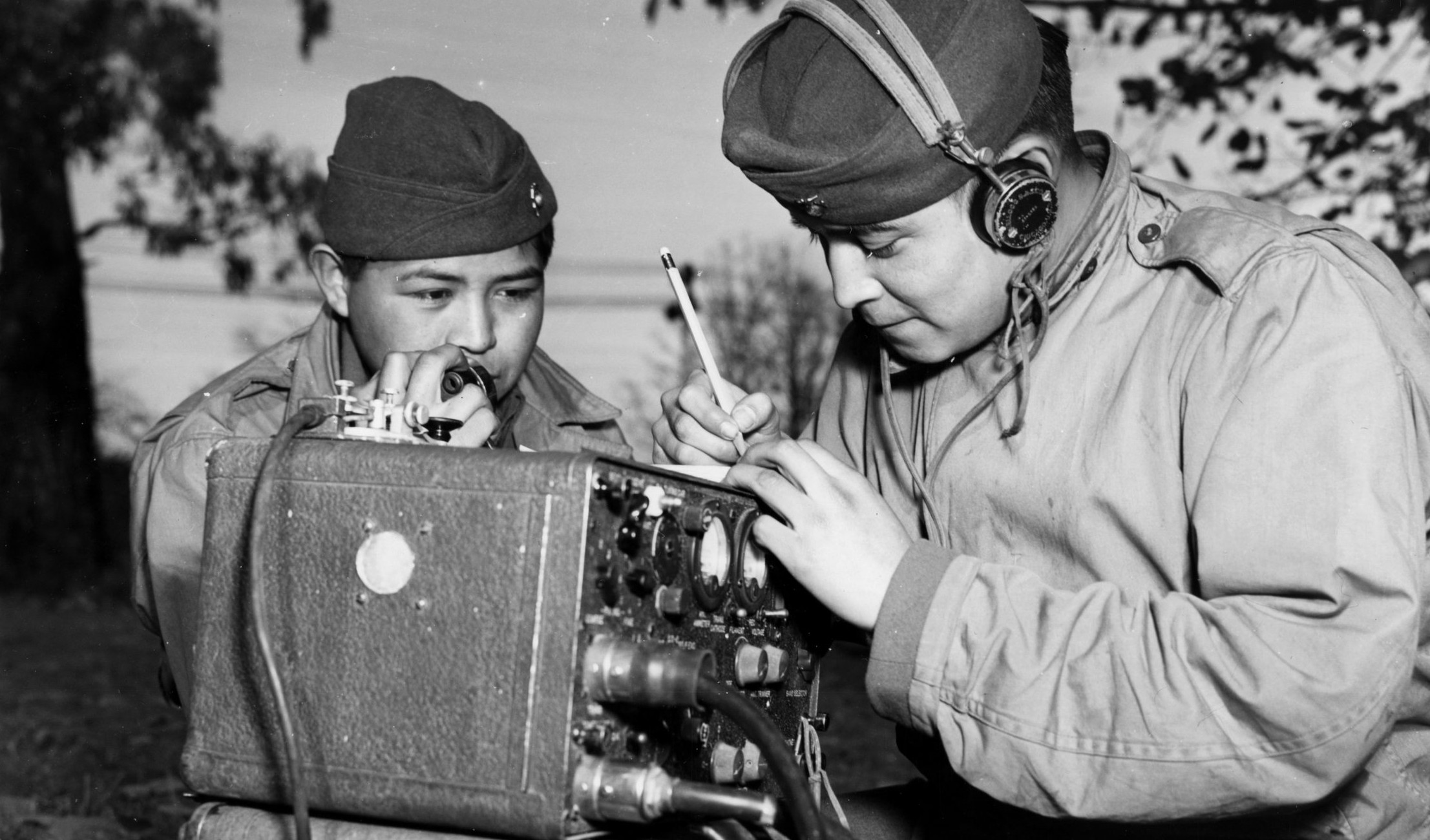Learning in Virtual Worlds: Not Just Child’s Play

Thanks to high speed Internet and flat rate pricing, virtual worlds saw a tremendous boost over the past years. This is unsurprisingly true for online games like World of Warcraft but also for virtual worlds like Second Life and Twinity which are now able to deliver more and more realistic graphics and a better user experience for their audience.
All three of them are used in education but today I want to focus on the two more “realistic” approaches of Second Life and Twinity.
One start-up I would like to talk about today specifically has built an entire learning environment for students who want to learn or improve their English on Second Life over the past five years. In just a couple of weeks, it has now not only raised $1 million in seed funding but also announced a collaboration with Pearson today. So I think we should take a look at what makes Languagelab.com so successful.
One drawback in my personal experience with Second Life was what I call the “Vanilla Sky Effect”. Similar to the scene from the movie where Tom Cruise is running down the empty streets around Time Square I always landed on islands with beautiful infrastructure but no one was there to talk to. Languagelab.com took care of that early on.They make sure that on their island, English City, one or more teachers where present to take care of the students who might show up.
The general idea of English City is pretty simple. The virtual city offers all the different places students know from situations in textbooks like a cafe, an airport, the customs, an art gallery and lately even a complete oil rig. Students can then experience real life interaction through their avatar and bring those situations to life. The possibilities are basically endless and the team at Languagelab will create more and more places for specific training needs, from health care to business administration.
Therefore one can state that learning in a virtual world is not so much a game but a simulation, similar to flight simulators pilots are trained in. Solving a problem in English on a burning oil rig might not be 100% the experience you have to handle in real life but a far better training than reading a manual and then having a classic exchange of Q&A in the classroom. As English city is so variable and offers many different places to visit, there should be a place of interest for each and every of their learners, may it be a reconstruction of the historic Shakespeare theatre, a fantasy cave or an airport.
The second example is Twinity. Other than Second Life where all islands and therefore buildings are created by individuals, Twinity itself is in control of the experience. The unique thing about this platform is that the team rebuilds real cities like Berlin, London and Miami. This is of course very interesting for online classes with a variety of different topics. Of course, language learning comes to mind but one could have classes about architecture, law enforcement and general training for employees in shops or restaurants. Or why not follow a tourist guide through the virtual Berlin and take this as preparation for your next city trip. You will already be familiar with different sites and points of your interest, thus getting across town when you will be really there should be a bit easier and you may enjoy it even more.




